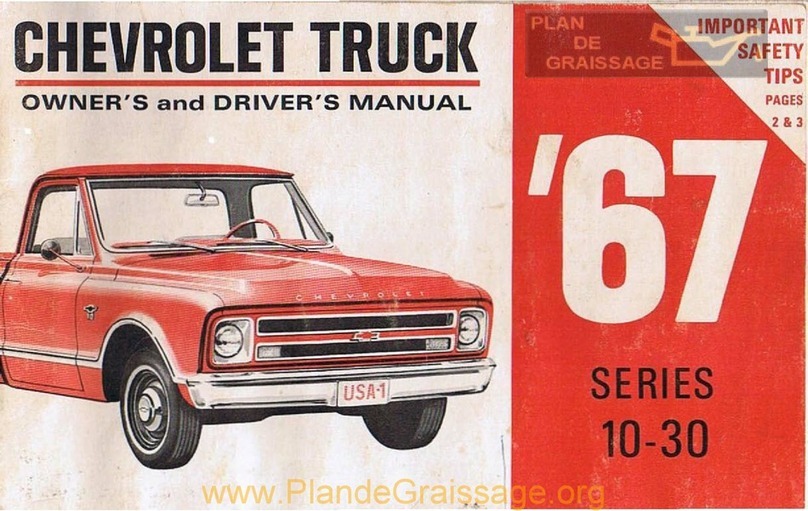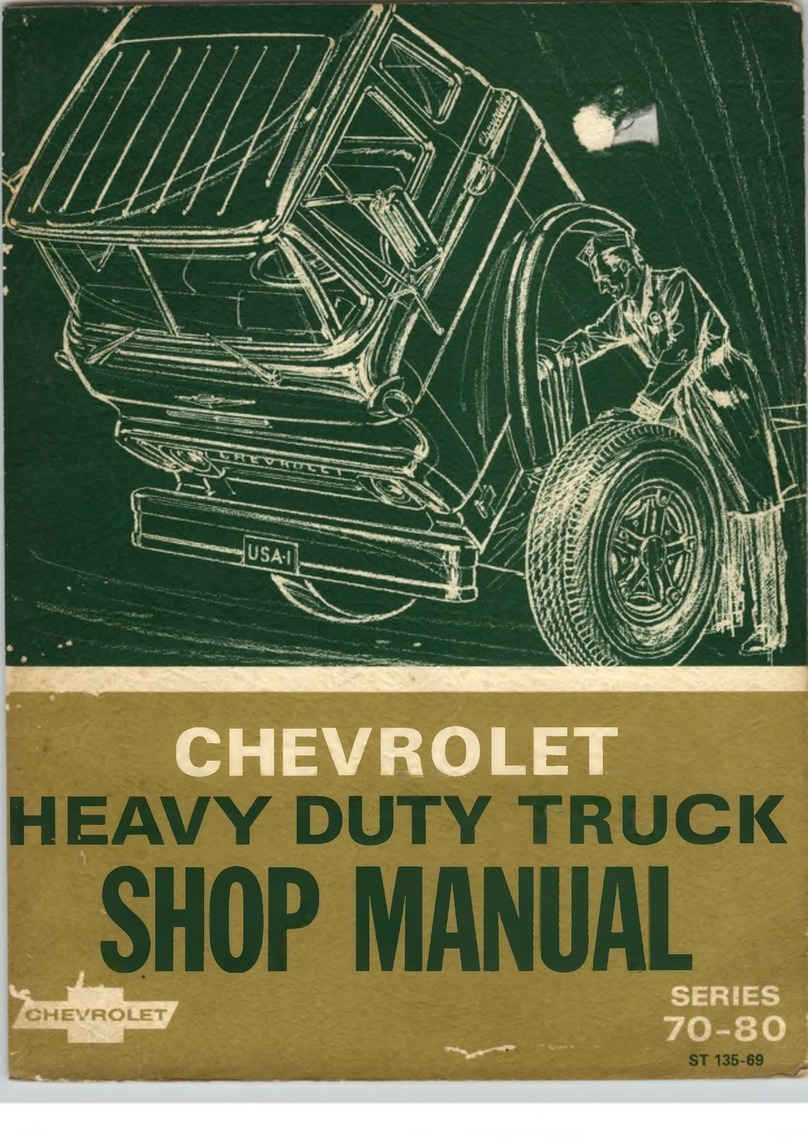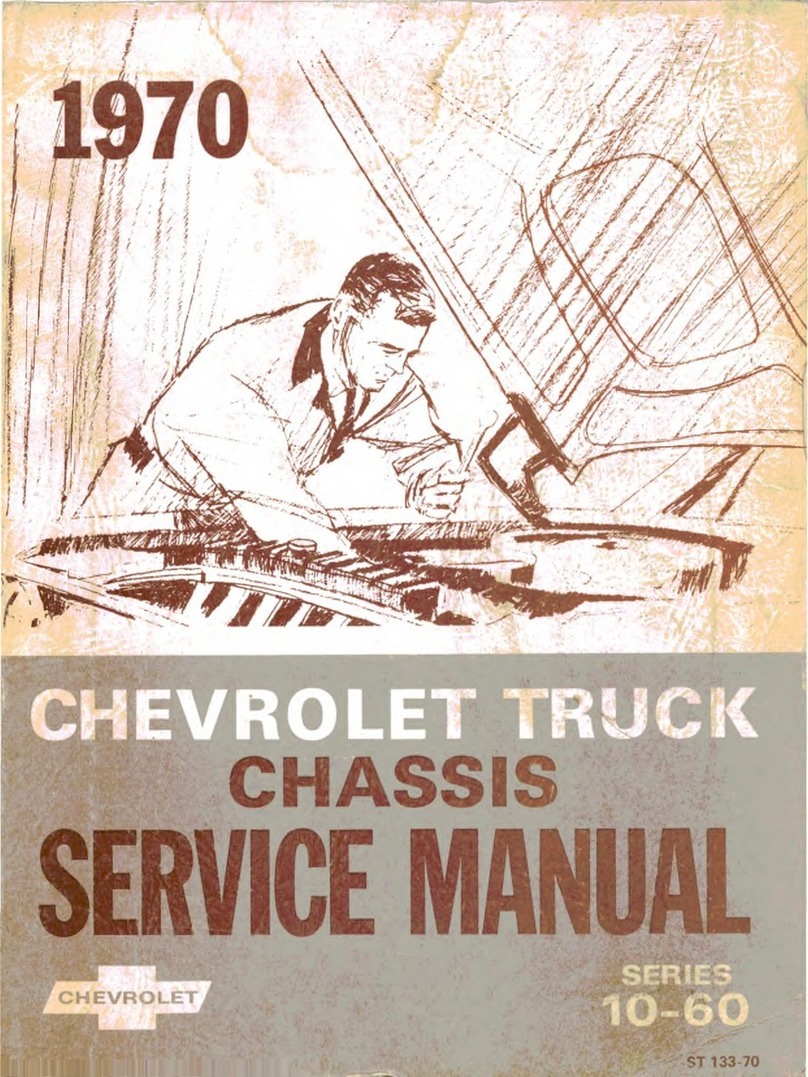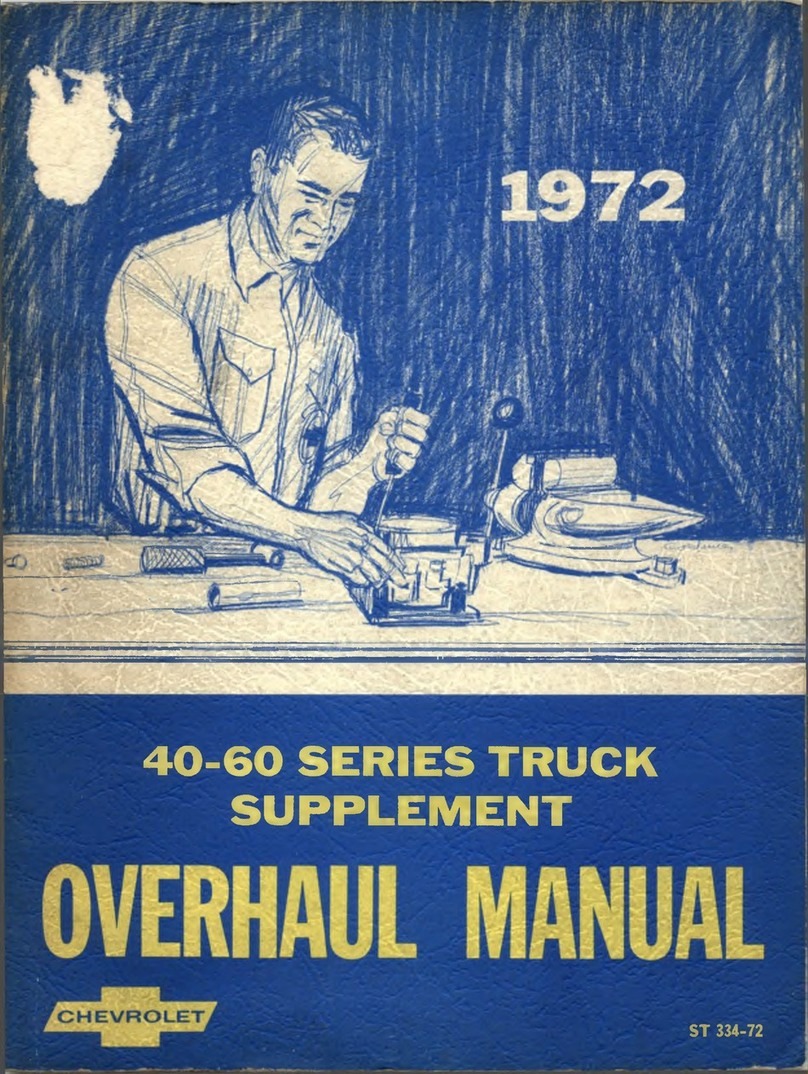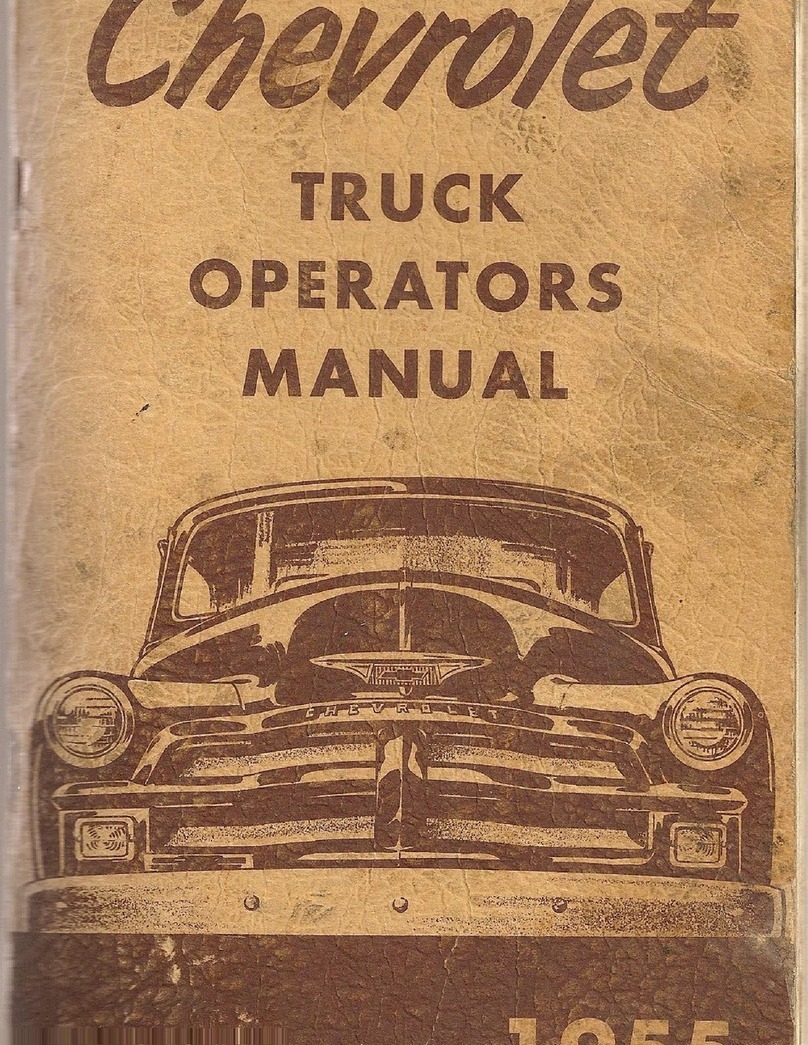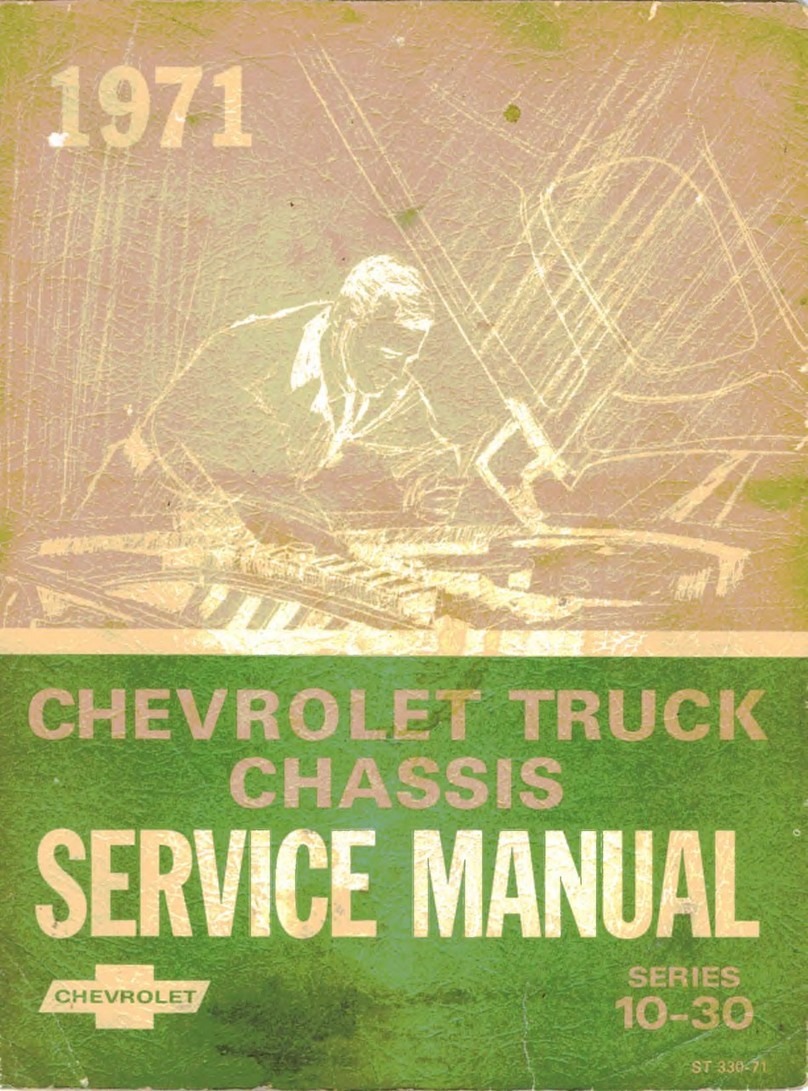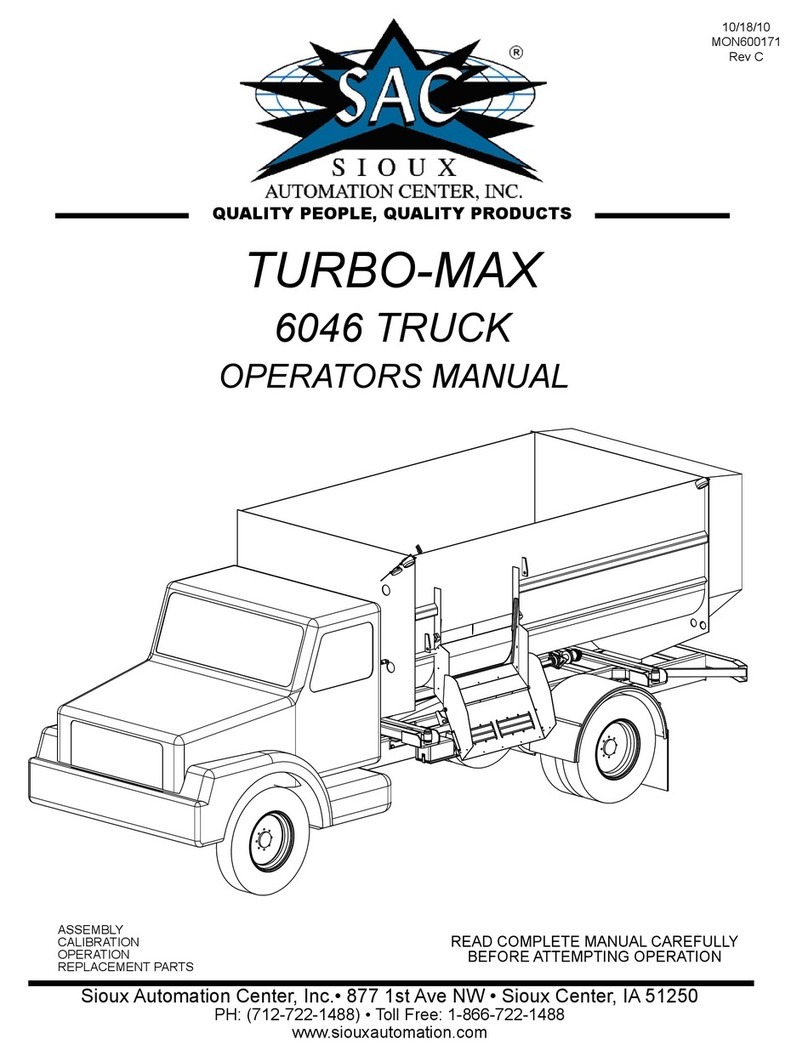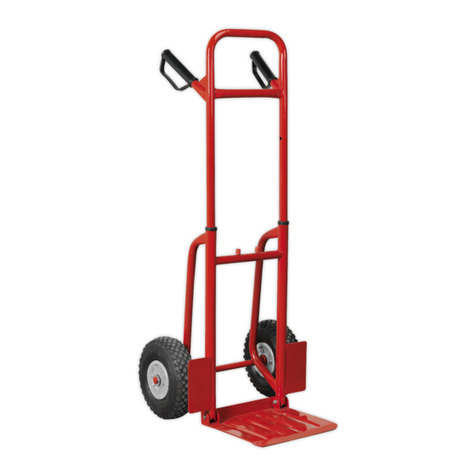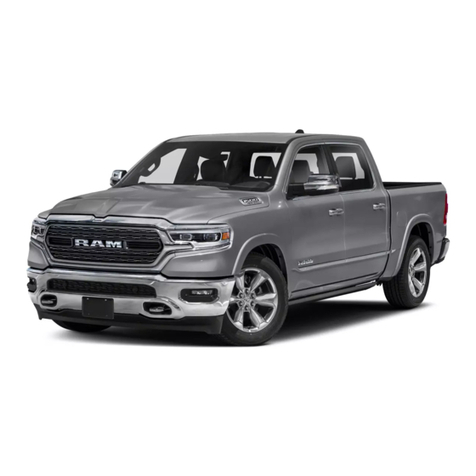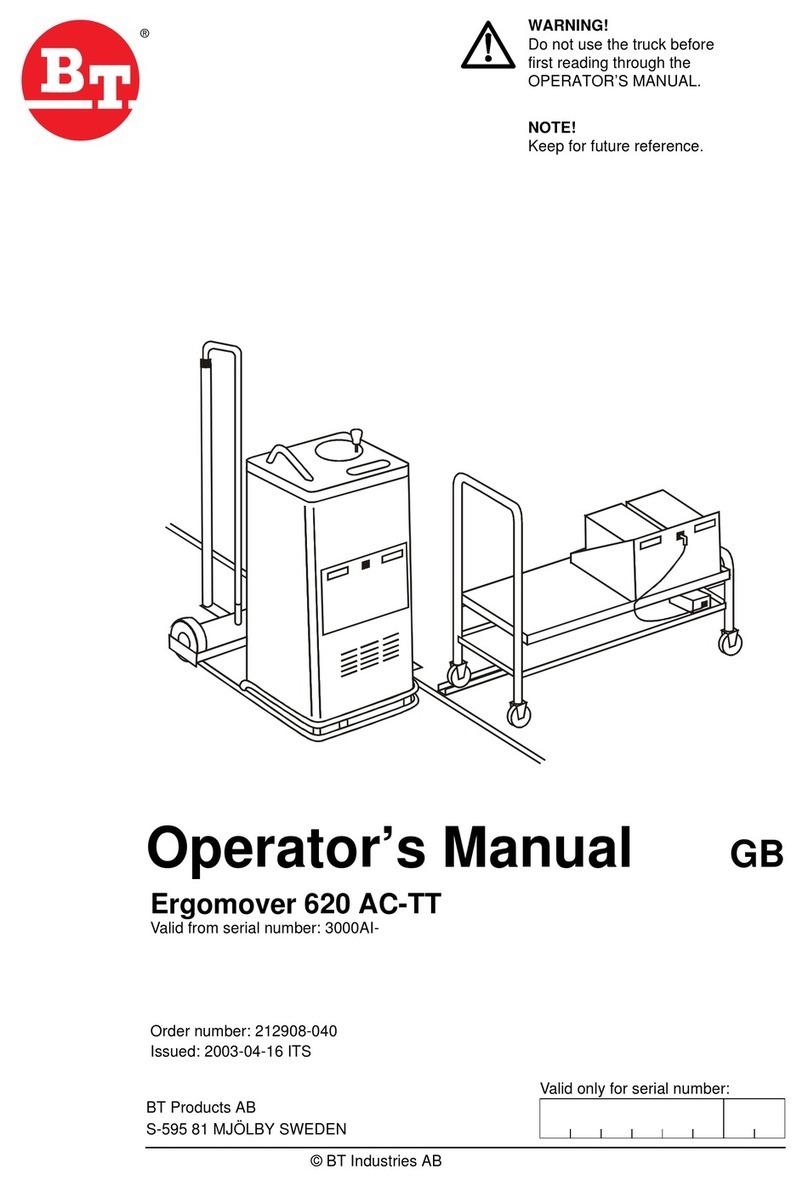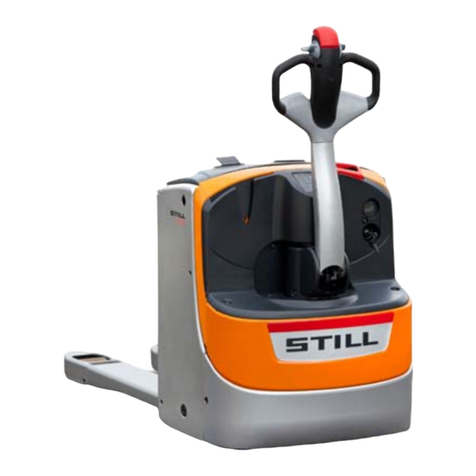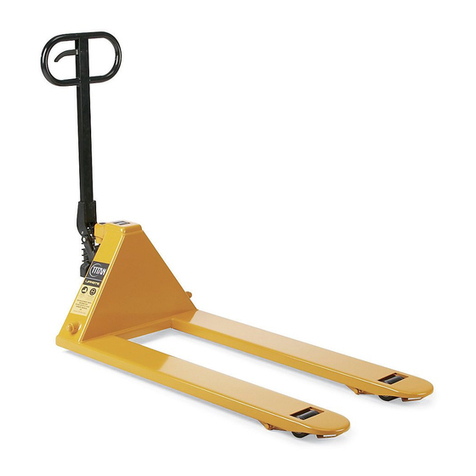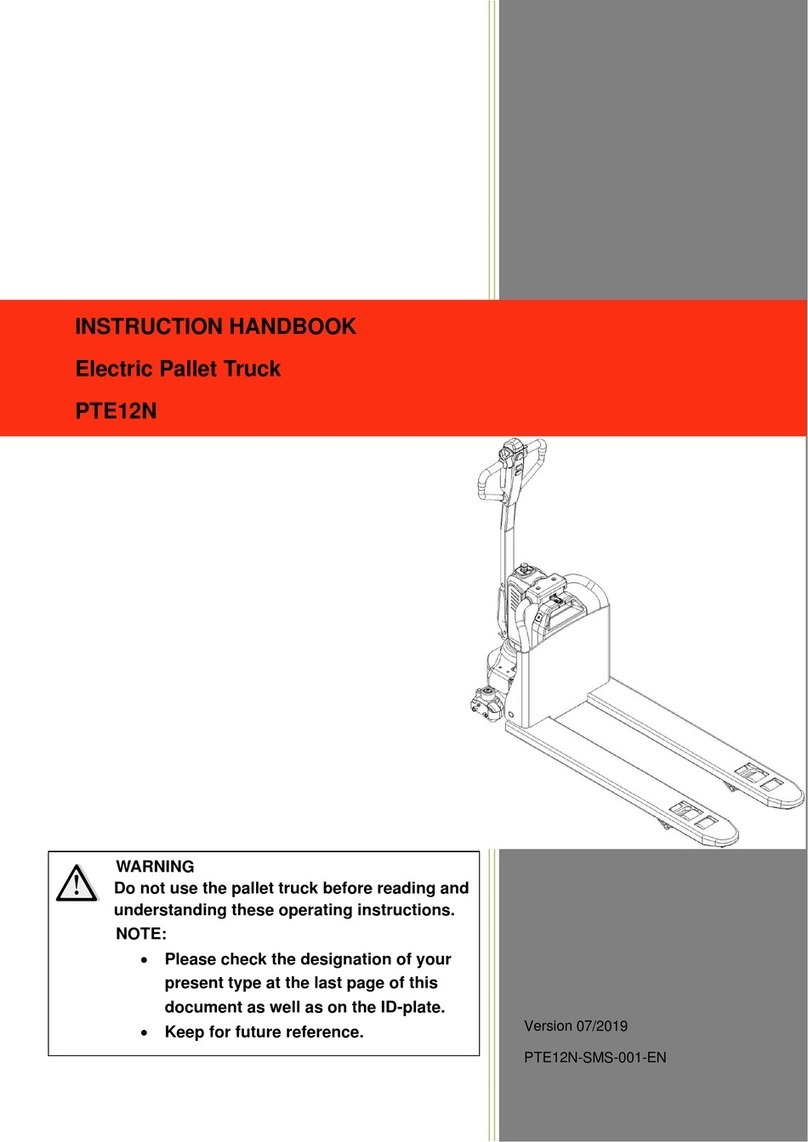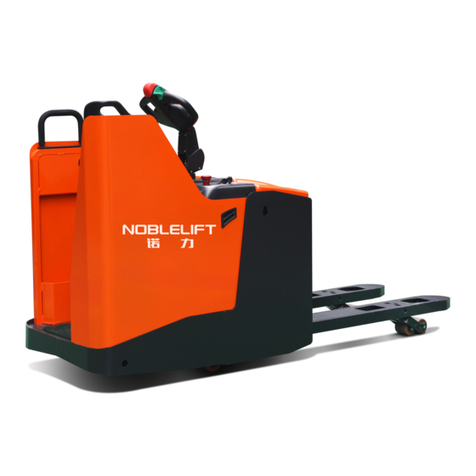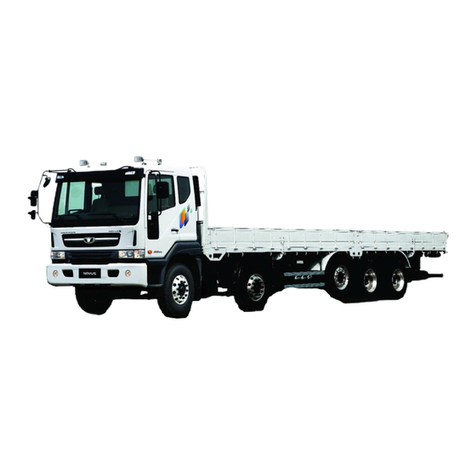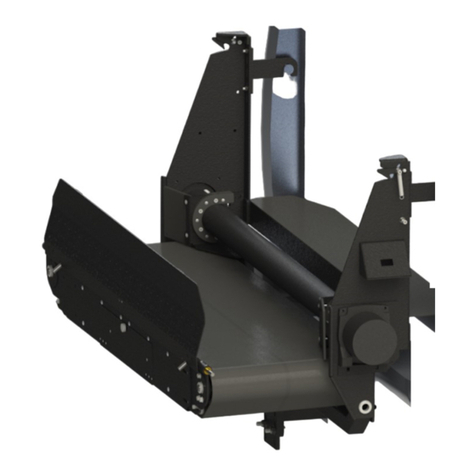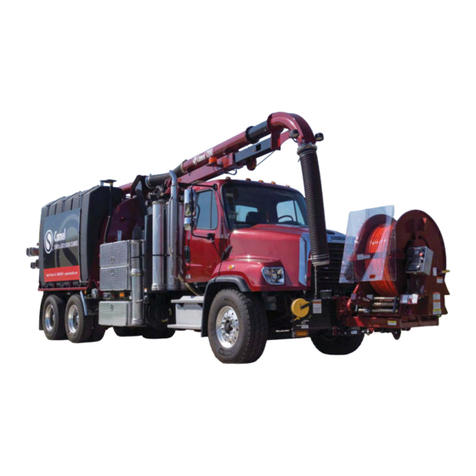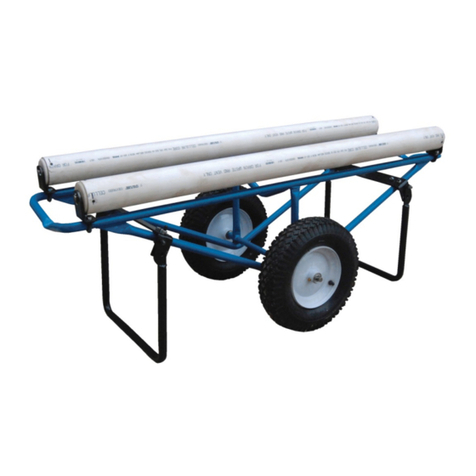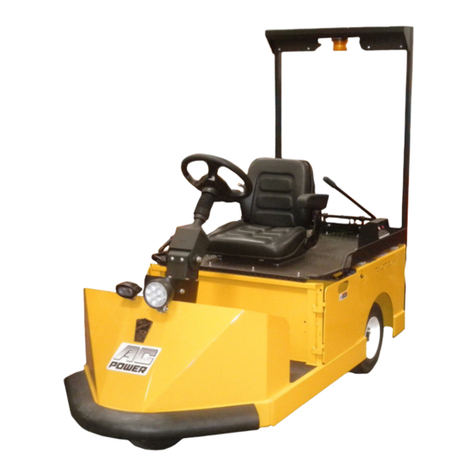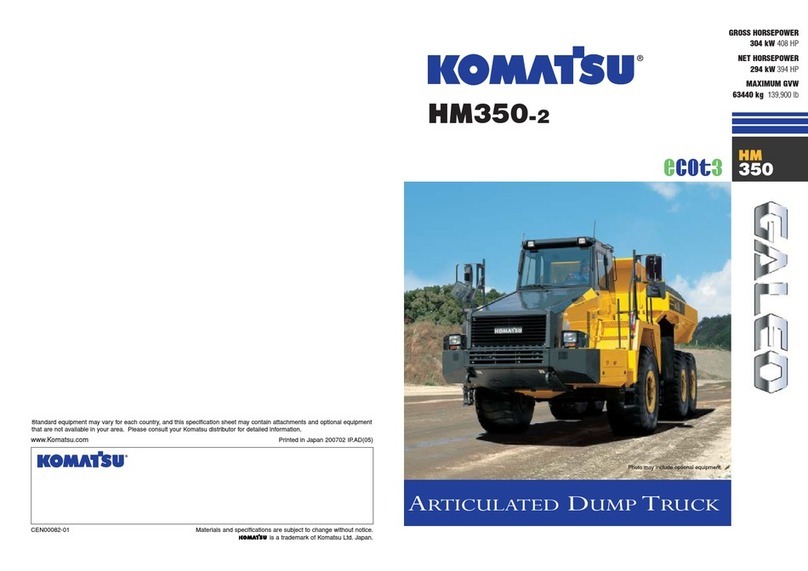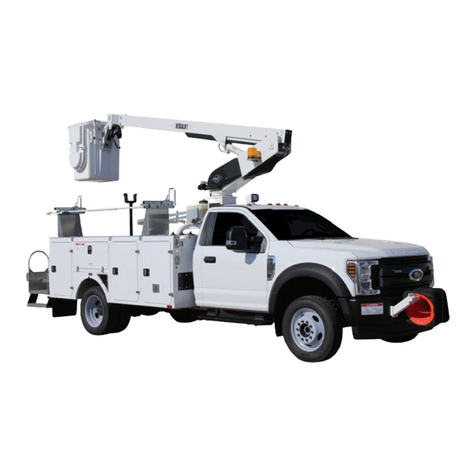
GENERAL INFORMATION OA-1
SECTION OA
GENERAL INFORMATION
CONTENTS
SUBJECT PAGE
0A- 1
OA- 1
0A- 1
0A- 2
0A- 3
0A- 3
0A- 3
0A» 4
OA- 5
0A- 5
OA-15
OA-16
Service Parts Identification Label
Vehicle Identification Number
Certification Label
Engine Identification Number
llansmission Identification Number
Model Reference
Metric Fasteners
Fastener Strength Identification
Six Lobed Socket Head Fasteners
Prevailing Torque Fasteners
Conversion Table
Decimal and Metric Equivalents
SERVICE PARTS
IDENTIFICATION LABEL
The truck service parts identification label is provided
on all models (figure 1). It is located on the inside of
the instrument panel compartment (or on an inner body
panel for Forward Control models). The label lists the
VIN (Vehicle Identification Number), wheelbase, paint
information and all production options or special equip
ment on the vehicle when it was shipped from the
factory. ALWAYS REFER TO THIS INFORMATION
WHEN ORDERING PARTS.
VEHICLE IDENTIFICATION
NUMBER
The VIN is the legal identifier of the vehicle. On all
models except the Forward Control, it is located on a
plate which is attached to the left top of the instrument
panel and can be seen through the windshield from the
outside of the vehicle (figure 2). On Forward Control
models, the plate is mounted to the top of the radiator
2
1. VIN 6 5
2. Wheel Base 5. RPO/SEO Codes
3. Model Number 6. Exterior Color WA Numbers
4. Order Number 7. Paint System pcArr
support. To find out the manufacturer, model and chas
sis type, engine type, GVW range, model year, plant
code, and sequential number, refer to figure 3.
CERTIFICATION LABEL
The certification label shows the GVWR, the front
and rear GAWRs, and the payload rating for the vehicle
(figure 4).
Gross Vehicle Weight (GVW) is the weight of the
orginally equipped vehicle and all items added to it
after it has left the factory. This would include bodies,
winches, booms, etc.; the driver and all occupants, and
the load the vehicle is carrying. The GVW must not
exceed the GVWR. Also, the front and rear gross axle
weights must not exceed the front and rear GAWRs.
The payload rating shown on the label is the maxi
mum allowable cargo load (including the weight of the
driver and all occupants) that the vehicle can carry
1. Typical VIN
F7557
Figure 1—Service Parts Identification Label Figure 2—VIN Location

